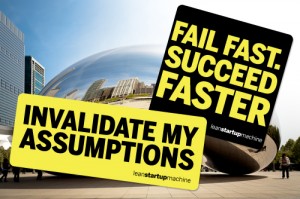 Lean is still often seen as a set of tools to eliminate waste in processes, but the understanding that Lean is actually much deeper than that is spreading. However, even in the Lean community, the extent of that depth is rarely understood or discussed in detail.
Lean is still often seen as a set of tools to eliminate waste in processes, but the understanding that Lean is actually much deeper than that is spreading. However, even in the Lean community, the extent of that depth is rarely understood or discussed in detail.
In this post, I will strive to elaborate on the deep connection Lean has with Confucianism, what this means for the content of Lean, and what this means for the adoption of Lean in the Western world. Understanding this connection opens rich insight into Lean as well as to the reasons it is so difficult to adopt Lean in the West.











